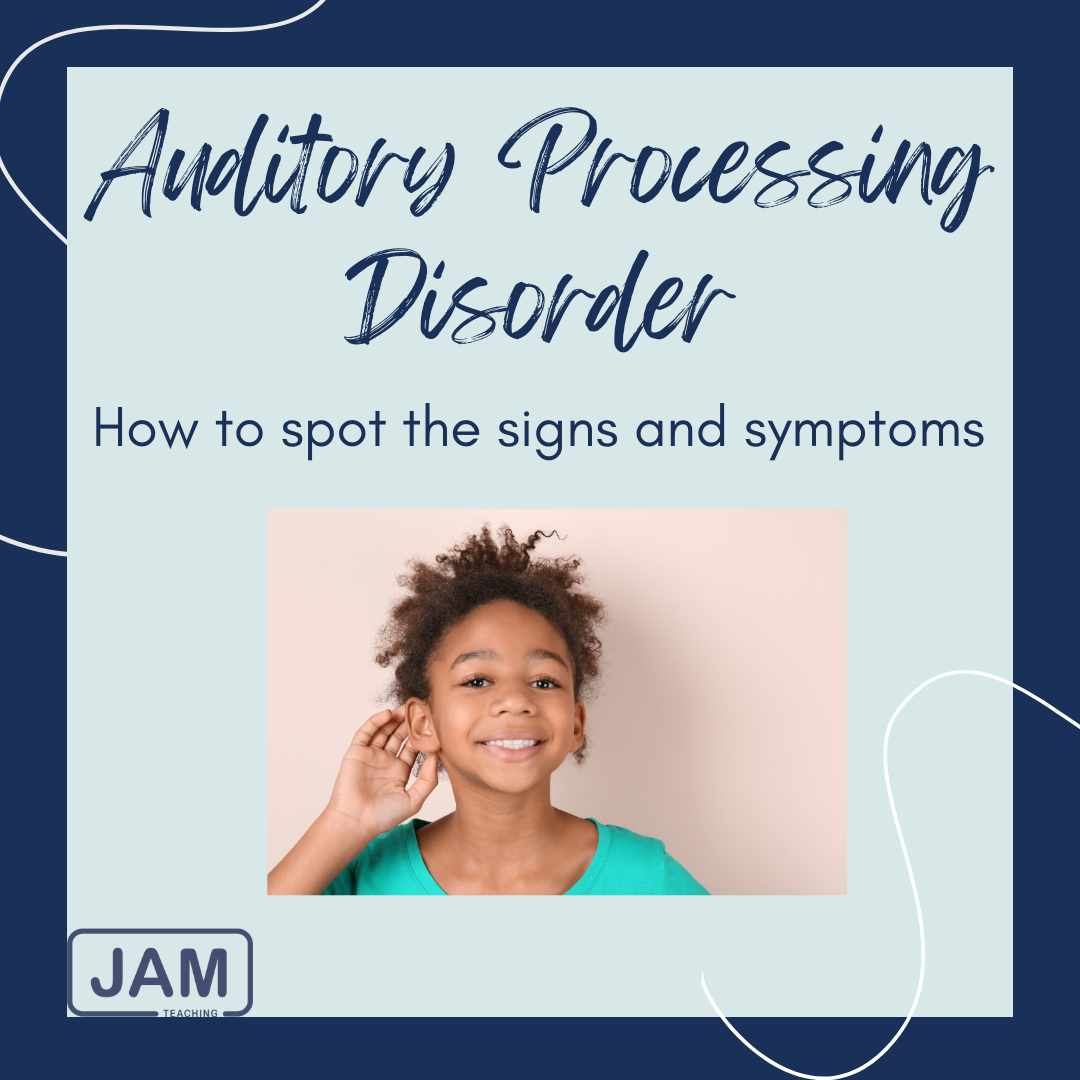
Do you know the feeling of having one of those days when your brain and body aren’t working together? You tell your right had to grab the coffee mug, and it misses the handle, and instead, your coffee is all over you and the floor?
Imagine having that difficulty every day….where your brain and ears are not in sync. The messages your ears are (or are supposed to hear) are being missed (or mistranslated), creating a chaotic and frustrating mess of information. Auditory processing disorder (APD) is a hearing problem characterized by deficits in how the brain processes auditory input. This occurs when the ears and the brain are not in sync. APD affects 3%-5% of all children and is largely overlooked and misdiagnosed. Frequently children with APD are misdiagnosed with other conditions or disabilities. APD can interfere with learning but is not related to intelligence. APD is often missed on traditional auditory hearing loss tests making it even more challenging to diagnose.
Standard auditory processing occurs when the brain receives auditory input and processes the information into something meaningful at an acceptable speed. APD disorders can cause deficits in learning but can be remediated with interventions, therapies, and hearing device support. APD can be categorized into the following areas.
· Auditory Discrimination: noticing and differentiating similar, but unique sounds- high vs. low pitch, subtle changes in sound frequencies
· Auditory Memory: remembering what is heard - remembering the directions
· Auditory Sequencing: recalling words and directions in the correct order - remembering the alphabet.
· Auditory Figure-Ground: discerning and processing a single audio input amid competing stimuli (background noise) - fan in the classroom, windows open, pencil sharpener on while being able to focus on what the teacher is saying.
· Auditory Cohesion Difficulty: problems processing when undertaking higher-level listening tasks - difficulty drawing inferences from conversations, picking up on tone and inflection, understanding riddles.
Common signs of APD often include challenges regarding verbal directions, appearing to be unfocused, having difficulty following conversations, distinguishing similar words, trouble following multi-step directions, and delayed responses. These factors can lead to children being misdiagnosed with ADD/ADHD and learning disabilities. While some children may have these coexisting conditions, some children, upon further examination, do not have these diagnoses, and APD strictly causes their symptoms.
It is often common for APD to trigger additional challenges for students in behavior problems, poor social skills, anxiety, and language or reading impairments. These factors can lead to some children being mislabeled as oppositional defiant or other behavior problems, anxious or depressed. Again, sometimes these conditions coexist, but they are often direct results of APD. APD can be a challenge to diagnose or overlooked altogether. This can happen because APD’s challenges overlap with those of other conditions. For example, ADHD or ADD similarly share signs; however, the WHY behind the signs differ significantly. For children with APD the following might be true:
· Inattention due to an overwhelming number of auditory directions or time a child with APD needs to process directions.
· Hyperactivity may be due to sensory overload, especially in noisy environments.
· Fidgeting may help a child focus and process information.
· Challenges with auditory input might be traced back to behavior, social skills, and academic achievement.
To fully tease out a child’s needs, it is essential to have a thorough and comprehensive evaluation done for APD. A multidisciplinary team should complete the evaluation and MUST include an audiologist that specializes in APD.
JAM works with parents, teachers, and service providers to support all areas of a child’s development. We work with clinicians to help understand children’s complex and often layered learning needs. Questions? Reach out. We are here to help and support you!












.png)